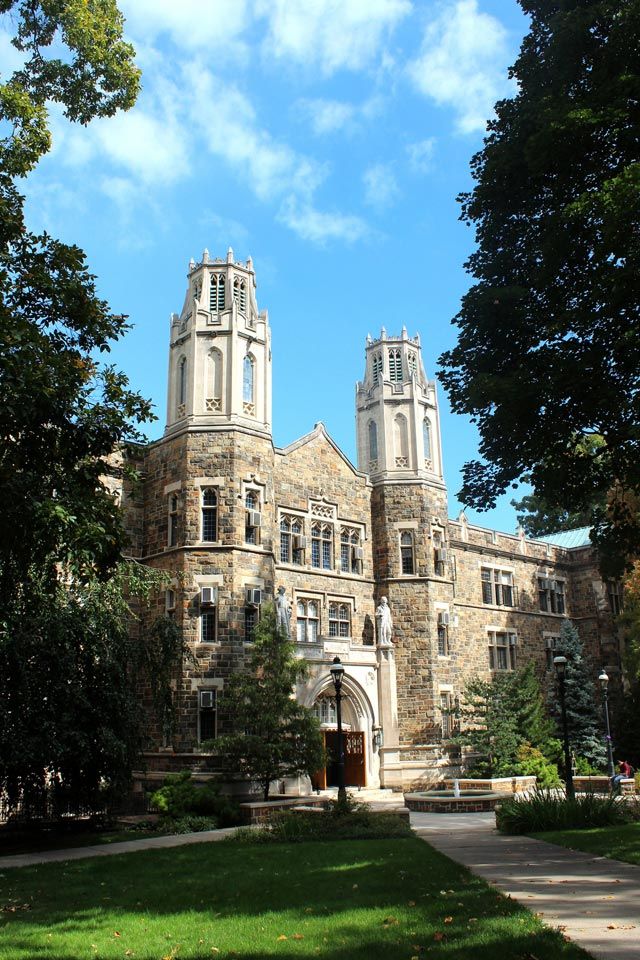Welcome to the 14th issue of Resolve, a magazine dedicated to research and educational innovation in the P.C. Rossin College of Engineering and Applied Science at Lehigh University.
Much has been written in recent years about the explosion of data being generated by the Internet and mobile devices and the manner in which this is changing the way we communicate and make decisions.
This phenomenon is often popularly referred to as Big Data, but the term Big Analytics more accurately captures the dual nature of the challenges and opportunities posed by the next phase of the Information Age.
At Lehigh, we define Big Analytics as the science surrounding the study of problems that involve massive amounts of data and/or large-scale computations. The promise of Big Analytics is twofold: It will enable us to extract greater meaning from huge sets of data, much of it contained in ever-evolving and unstructured formats such as videos, emails, click streams and tweets. It will also make it possible to study climate shifts, nuclear fusion, radiation therapies and other phenomena that are too complex to reproduce and observe in a controlled environment.
In short, Big Analytics endeavors to transform data into insight and help us make more intelligent decisions. This requires new methods of searching, processing, storage and networking, along with upgraded information theory.
The scope of the problems to which Big Analytics can be applied is limited only by the imagination, ranging from healthcare to the electrical grid to the behavior of consumers and that of social media users.
Lehigh’s researchers in this area, as you’ll see in our cover story on page 12, bring to the challenge a richness of expertise in data mining, search algorithms, optimization, information theory, machine learning and more. The problems they study span many disciplines, ranging from biological systems to the electrical grid and even including journalism and 19th-century American literature. Their goal is to add a fourth ‘V’—veracity— to the three V’s of volume, velocity and variety traditionally associated with Big Analytics.
Several other articles in this issue of Resolve are related in one way or another to Big Analytics. The Q and A on page 8 features Robert Kahn, who played a critical role at the Advanced Research Projects Agency four decades ago in inventing the communication protocols that support the Internet. A feature article on page 18 describes the efforts of Brian Chen, a bioinformatics expert, and his students to map and model the arrangements of atoms in protein molecules and thus help biologists better perceive the subtle differences and similarities between related molecules.
Another article with a life sciences angle appears on page 16. Xuanhong Cheng, a materials scientist, and James Hwang, an electrical engineer, have received a second round of funding from the U.S. Department of Defense to develop a noninvasive method of targeting cells with terahertz sensors.
On page 22, you can read about our new master’s of engineering program in Technical Entrepreneurship, in which students work in teams to develop and test new products, study markets and launch businesses.
I hope you enjoy this issue of Resolve. Please drop me a note to share your thoughts and comments.
S. David Wu, Dean and Iacocca Professor
P.C. Rossin College of Engineering and
Applied Science
david.wu@lehigh.edu

